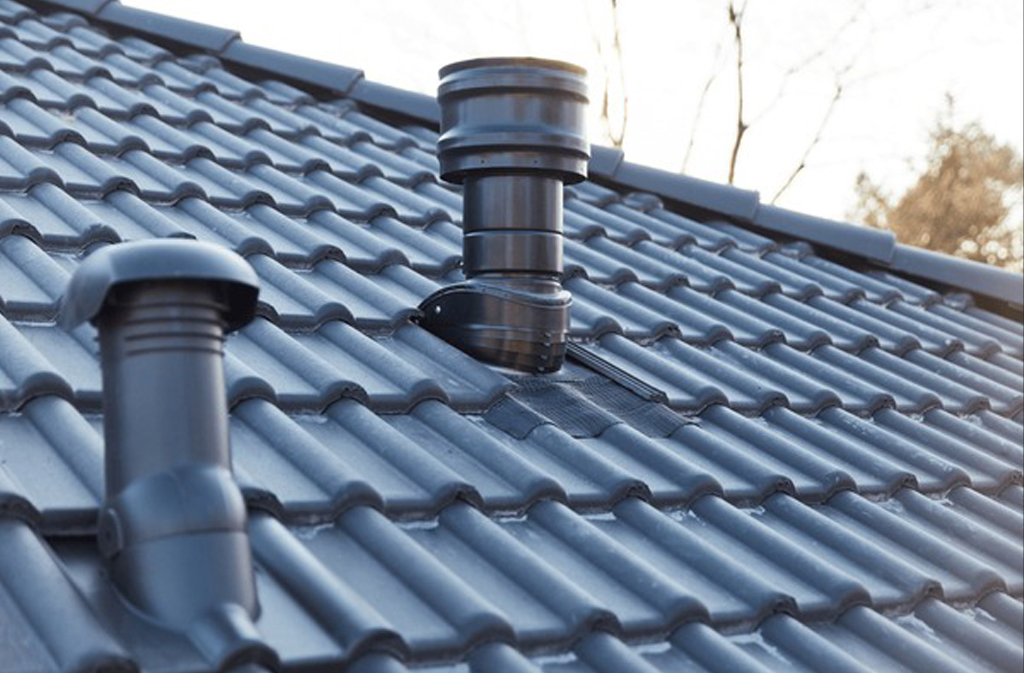When most homeowners think about their roofing system, they often picture shingles, gutters, and flashing. However, one of the most crucial elements in protecting a home is often overlooked: proper roof ventilation. A well-ventilated roof doesn’t just extend the life of the roofing materials—it also improves energy efficiency, reduces maintenance costs, and safeguards indoor comfort.
Farmington Hills, located in southeastern Michigan, experiences both hot, humid summers and cold, snowy winters. These seasonal extremes make roof ventilation particularly important for local homeowners. Without proper airflow, summer heat can build up in attics, straining air conditioners, while in winter, poor ventilation can contribute to ice dams and moisture buildup. Understanding how ventilation impacts roof performance in regions like Farmington Hills helps homeowners make smarter choices when maintaining or upgrading their roofs.
For those considering roofing maintenance or installation, consulting a professional is always recommended. An experienced roofer in Farmington Hills can assess whether your attic is properly ventilated, determine if additional vents are needed, and recommend long-term solutions that protect your home. Since ventilation issues often go unnoticed until damage occurs, a professional inspection ensures problems are identified before they become costly repairs.
Table of Contents
The Role of Roof Ventilation
At its core, ventilation balances air circulation between intake vents, typically installed along the soffits, and exhaust vents, which are usually near the roof’s ridge. This balance allows fresh air to flow in while expelling hot, damp air. Adequate ventilation keeps attic temperatures closer to the outdoor climate, preventing heat from becoming trapped inside.
Benefits of Proper Ventilation
- Improved Energy Efficiency: By minimizing attic heat buildup, homeowners reduce cooling costs in the summer.
- Moisture Control: Ventilation reduces condensation, lowering the risk of mold, rot, and structural damage.
- Extended Roof Lifespan: Excessive heat and trapped moisture weaken roofing materials, causing shingles to warp or crack earlier than expected.
- Reduced Ice Dams: In cold climates, ventilation maintains consistent roof temperatures, helping prevent dangerous ice dams from forming along the roofline.
Signs of Ventilation Problems
Homeowners should watch for common red flags such as higher-than-usual energy bills, musty odors from the attic, mold growth, peeling paint indoors, or shingles that appear prematurely aged. These symptoms often point to ventilation issues that require immediate attention.
Protecting Your Home
Investing in proper roof ventilation is not just about comfort—it is about preserving your home’s structural integrity and reducing long-term repair costs. Whether you are upgrading your roof or maintaining an existing one, paying attention to attic airflow is one of the smartest steps you can take as a homeowner. With professional guidance, you can ensure that your home in Farmington Hills remains efficient, safe, and well-protected through every season.
Visit our website: Organize Blogs

